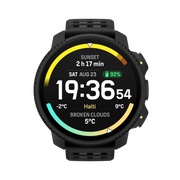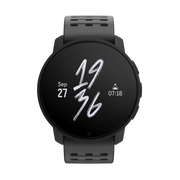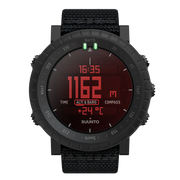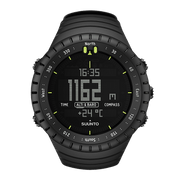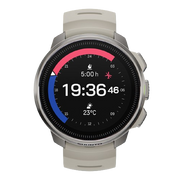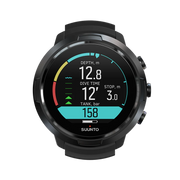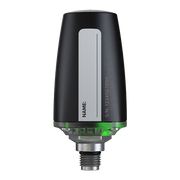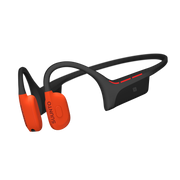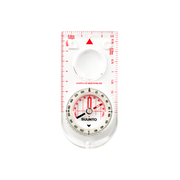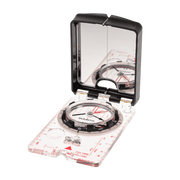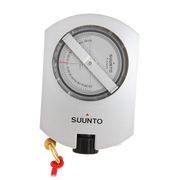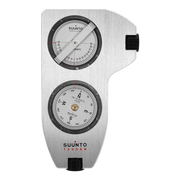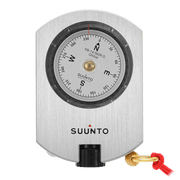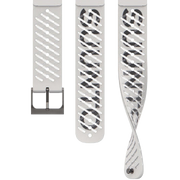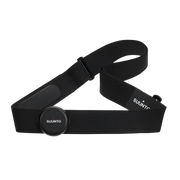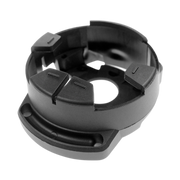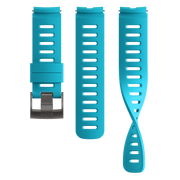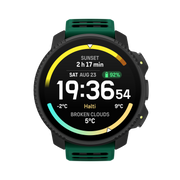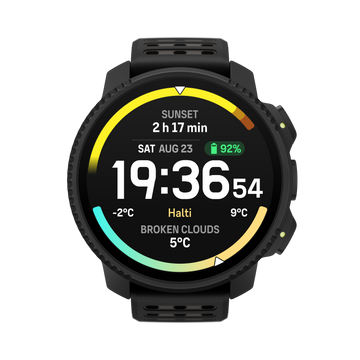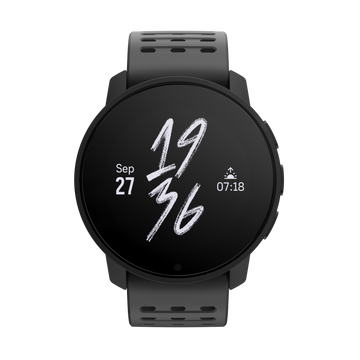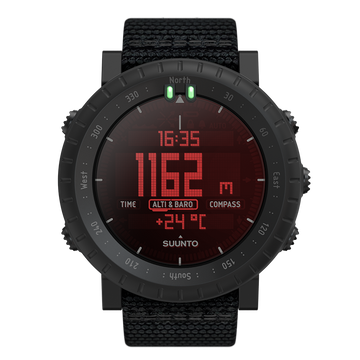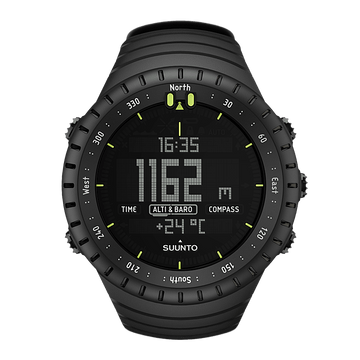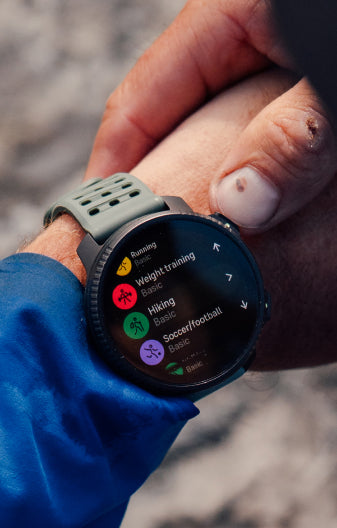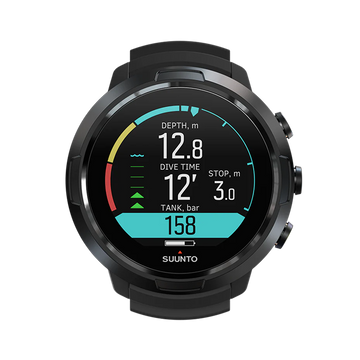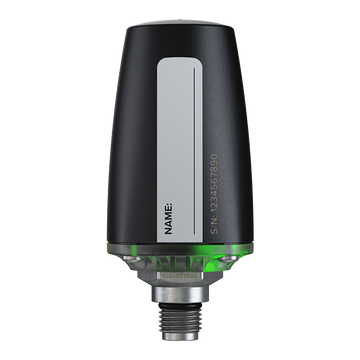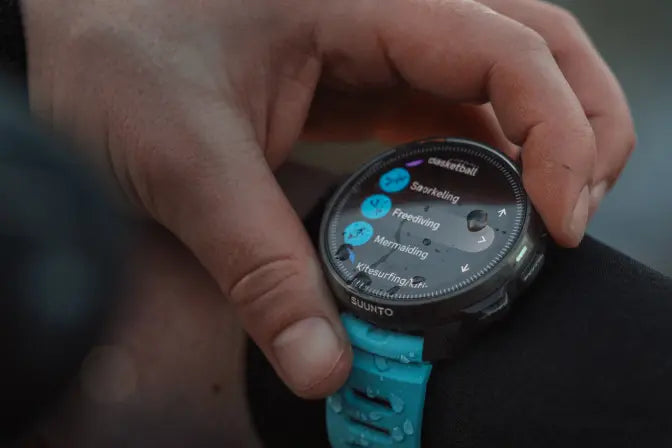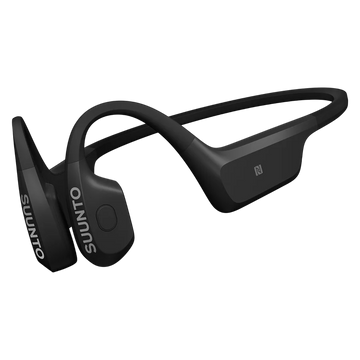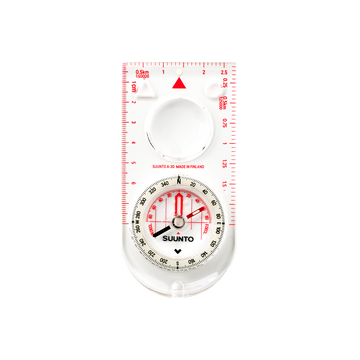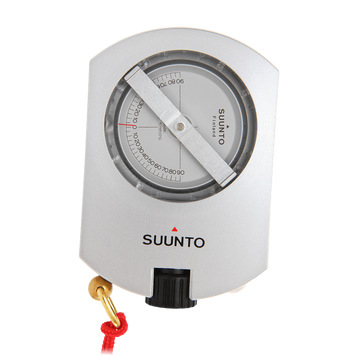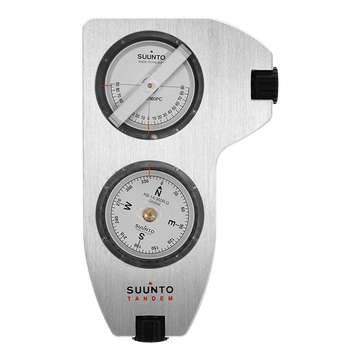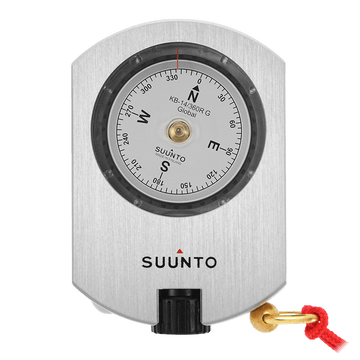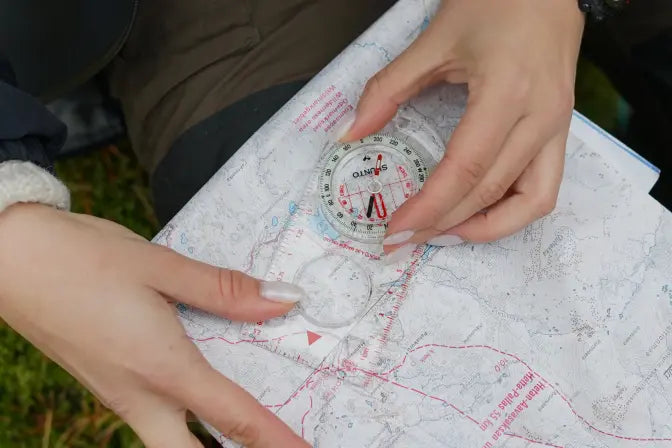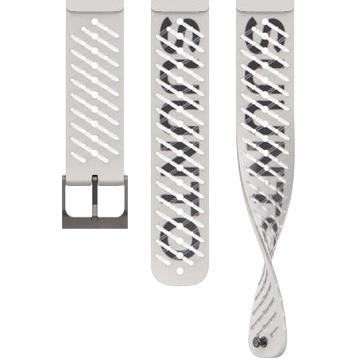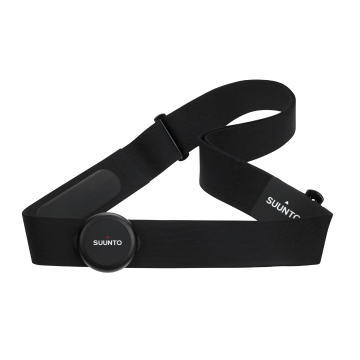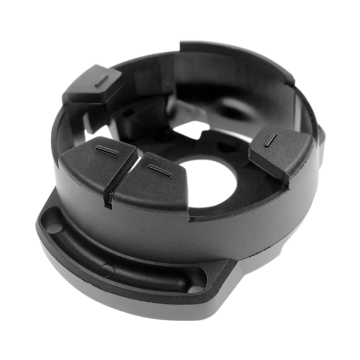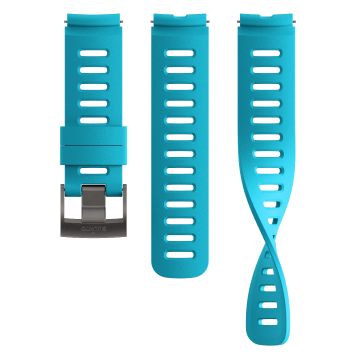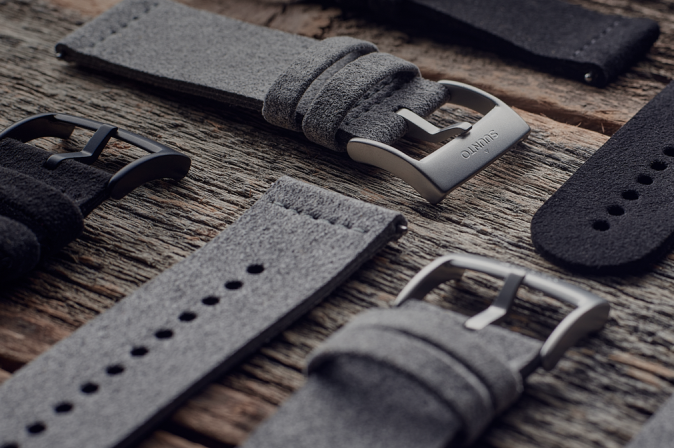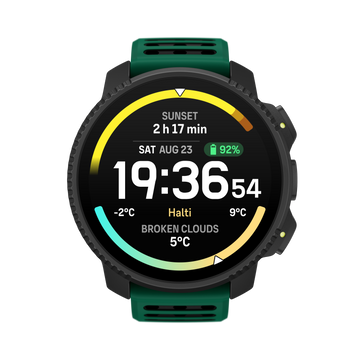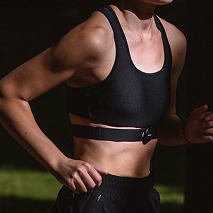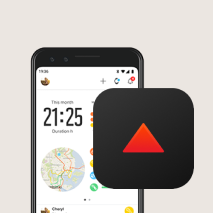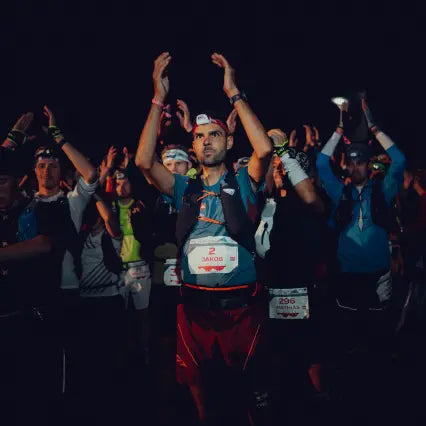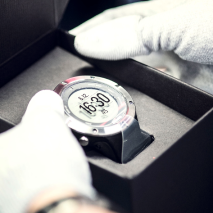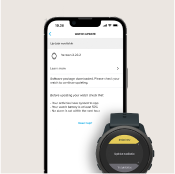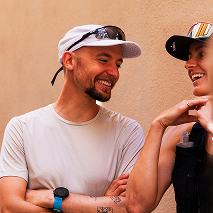

Suunto Blog

Join Suunto Commuting Day 2024 and fight CO₂e emissions together
Brave the weather (or simply enjoy it if the conditions are good) and join us for Suunto Commuting Day on October 24, 2024!
Small, everyday choices are the beginning of change. One single commute may not seem like much, but over time, it all adds up. And when we look at the entire Suunto community, we can see that together we can make a bigger impact!
On Commuting Day, track your human-powered commute with your Suunto device and tag it as a commute. After the event, we'll calculate how much CO2e we saved together!
Tracking CO2e savings with the Suunto app is simple: ride, run, or walk from point A to point B and save your activity. The Suunto app can automatically tag one-way trips that start and end at least 500 meters (0.3 miles) apart as commutes. If you don’t have auto-tagging on, you can enable it in the Suunto app settings ('Settings' > 'Tags'). To manually tag your commutes, go to the activity, select 'Edit', 'Add tags', and choose 'Commute'.
The reduced CO2e emissions for a single activity will be shown in the workout summary. Your monthly total for CO2e savings can be viewed in the commuting widget on the app’s home page.
You don’t even need a Suunto watch or a Suunto-compatible Hammerhead bike computer to start tracking your human-powered commutes – you can also use the Suunto app for free. Download the Suunto app for iOS here or for Android here.
Learn more about tracking human-powered commutes and your CO2e savings
Share your Commuting Day activity with Suunto app for a chance to win Suunto Wing open-ear headphones!
Share your Suunto Commuting Day activity on Instagram via the Suunto app and tag @suunto for a chance to win Suunto Wing open-ear headphones! Open-ear headphones are ideal for urban commutes, allowing you to listen to audio while still hearing your surroundings.
To share your commute, add a photo to your activity in the Suunto app and include the CO2e savings data for your commute. Three of the most inspiring posts shared between October 24 and October 27 will win Suunto Wing open-ear headphones. (Terms and conditions apply. Learn more here.)
Learn more about sharing with Suunto app
Calculating saved CO2e emissions
CO2e demonstrates the global warming potential (GWP) of all six greenhouse gases in one number. We calculate your emission reduction by comparing cycling, walking or running to driving your car.
About the calculation
CO2e (Carbon Dioxide Equivalent) emissions of travel by car (average of a petrol/diesel powered car). Emission factor: 0.166867 kg CO2e/km. CO2e demonstrates the global warming potential (GWP) of all six greenhouse gases: CO2, CH4, N2O, HFCs, PFCs, SF6, NF3 in one number. Data source: Govt of UK, Dept. of Business, Energy & Industrial Strategy, 2023.
Committed to be better
Learn more about our sustainability efforts here. We know we are not perfect, but we are committed to be better.

Learn from your run with Hannes Namberger
After winning the Lavaredo Ultra Trail (for the third time!), ultra runner Hannes Namberger shares some of his activity data from the race – and his tips how you can learn from your races, too!
Hannes Namberger has once again demonstrated why he's one of the world's top ultrarunners, clinching his third victory at the Lavaredo Ultra Trail by the UTMB back in June. Throughout the challenging 120 km course, Hannes relied on his deep understanding of race strategy and some valuable data that helped him be prepared for the race and ultimately stay ahead of the competition.
For a closer look at how Hannes leverages his data and insights, and to get a detailed breakdown of his race day performance, watch the full video below. And, as a bonus, you might learn a thing or two that will benefit you as well!
Learn more about Hannes's watch of choice, the Suunto Race here

Suunto Commuting Day: Doing good one commute at a time
Last week, Suunto users around the world came together for the Suunto Commuting Day in an effort to do good for the planet. Here’s a snapshot of what the global community achieved!
Small, everyday choices are the beginning of change. One single commute may not seem like much, but over time, it all adds up. And when we look at the entire Suunto community, we can see that together we can make a bigger impact!
The combined CO₂e savings for the participants on Thursday, October 24 were over 65,000 kg. This collective effort shows that even small changes in our daily routines can have a real impact.
65,000 kg of CO₂e is equal to about 260 one-way flights from Paris to Berlin, where each passenger's emissions are around 0.25 metric tons for the 1.5-hour trip. It is also similar to the CO₂ absorbed by around 1,300 trees over ten years (based on Tree-Nation’s Eden Reforestation Projects in Mozambique). 65,000 kg is also equal to the emissions of 5,500 Finland-made Suunto Ocean watches generate during their whole lifespan.
Half on bikes, half on foot
Our data revealed that 49% of participants chose to cycle, 31% to run, and 20% to walk their commutes — each step and pedal turn contributing to both personal health benefits and a greener future. Whether on wheels, on foot, or even other creative methods, our Suunto users took meaningful action to reduce their carbon footprint.
Distances covered and time invested
Cyclists typically commuted around 7.9 km per trip, spending 28 minutes on average.
Runners tackled 6.1 km per commute, taking 40 minutes on average.
Walkers covered 2.7 km on average, enjoying 35 minutes outdoors.
The bike commute distances are distributed quite evenly over different distances: roughly a third is less than 5 km, a third is between 5–10 km, and a third is over 10 km. The longest commuting rides last Thursday were over 100 km.
Top commuting champions by country
Our Swiss users led in cycling distances with an impressive 10.3 km being the most typical commuting distance, while runners in China topped the charts, typically covering 7.5 km per commute.
Globally, France took first place for the total distance covered by its participants, followed closely by Finland, Germany, Spain, and China.
Suunto’s Commuting Day is a testament to what’s possible when people come together for a common goal. These statistics show that, collectively, we’re reducing emissions, embracing healthier lifestyles, and setting a precedent for sustainable commuting worldwide.
Thank you everyone for participating in the Suunto Commuting Day and also the photo contest. Winners of the Suunto Wing open-ear headphones have been contacted directly.
Please remember that our small everyday choices make a difference over a longer period of time and together with the community. Keep up the good work!
Learn more about tracking human-powered commutes and your CO2e savings
Learn more about Suunto sustainability work

Pace your race with Abby, Iris and Dakota
Suunto athletes Iris Pessey, Abby Hall, and Dakota Jones reveal their pacing strategies during the UTMB Mont Blanc in Chamonix.
Race tactics! How should you approach a trail race to get the best possible outcome? How do you pace a race right?
We turned to three of our ambassadors – Abby Hall, Iris Pessey, and Dakota Jones – to get their tips. They each ran different distances at the UTMB Mont Blanc this year: Iris flew through the MCC, Dakota tackled the CCC, and Abby took the UTMB by its horns.
In the video below, Iris, Abby and Dakota share their unique insights on balancing effort, conserving energy, and navigating the mental and physical challenges of ultra-distance racing.
Abby uses her Suunto watch's Climb Guidance to pace climbs and descents evenly, while Dakota, a strong climber, pushes harder on uphills, saying, "Racing is about taking risks." Iris breaks her race into sections, allowing her to mentally reset along the way, finding motivation in in each checkpoint.
Curious about how the pros pace themselves in tough trail races? Watch the video now to gain valuable tips on skill, strategy, and resilience that could make all the difference on your next trail race!

Running with purpose: Footprints Camp inspires climate action
Trail runner Dakota Jones shares his perspective on the deep connection between trail running and environmental responsibility. In this piece, he explains how his Footprints Running camp empowers runners to create meaningful climate action in their communities.
Article by Dakota Jones
One of the best things about running is that you can do it almost anywhere. As long as you have some shoes and a few clothes, you can go for a run wherever you are. (And hey – you don’t even really need that stuff, depending on the context.) Trail running was born out of this desire to embrace the experience of running and its simplicity. But this pursuit is at risk due to climate change, which is impacting not only our ability to run but the general human ability to continue to use natural resources for life, health, and prosperity. It’s a big bad scary thing and I spent too much time worrying about it and not enough time trying to do something. In 2021, I decided to change that.
I am Dakota Jones, a professional trail runner from Utah who has been running competitively for 15 years. I’ve also been trying to use my platform to address environmental issues for a long time. In 2016 I took a cargo ship across the Atlantic to race in Europe instead of flying. And In 2018, I rode my bike from where I was living in Silverton, Colorado to the Pikes Peak Marathon. Then I ran the race, and the following week I biked home.
Both of these trips were exciting adventures, and on paper they saved resources. But the problem was that neither of them was repeatable on a large scale People with jobs and families simply can’t take the time and money to travel by cargo ship or bicycle. These actions may not be the overall solution to climate change, but they had been effective actions for me personally, because I had a public platform as a professional runner. The question was: how could I help people create their own similar projects that made the best use of their own skills and circumstances?
A space for runners to drive impact
Footprints Running camp came out of that thought process, and out of the many conversations I had with smarter friends over the next few years. The basic ideas can be summed up as follows:
Running helps people be healthy and it brings them together
Running as a sport is a privileged thing to do, which implies you have the time and energy to attend to more than your basic needs
Many runners want to address social and environmental issues but don’t know how
We put these three ideas together and created a running camp that a) brought people together in person, b) centered the messaging of the camp around community service, and c) provided education and mentorship for environmental action. The key was that we don’t just want to raise awareness about problems, we want to create direct actions. And since we’re not all senators or the leaders of large corporations, we shouldn’t be expected to create global changes. Instead, each participant at Footprints arrives with an idea for how they want to address climate change in their community. During the camp, our mentors help campers bring these projects to life.
Transforming ideas into local impact
Abbie Sullivan is from Canandaigua, New York, a small town on a beautiful lake. During the last few years the lake has experienced periodic algae blooms, which is when fertilizer from outlying farms pours into the lake and consumes all the oxygen in the upper waters, making it toxic. Abbie had studied the issue during her engineering degree, but she didn’t know how to bring about action on the issue.
Her mentor was Dr. Ryan McClure, a climate scientist (and ultrarunner) from Colorado. Together they worked to develop a race in Canandaigua that brought the community together around the issue. First they identified an action to take: they partnered with a local nonprofit working on the lake’s water quality. Next, they reached out to local businesses and created a festival to partner the race. The event became an opportunity for people from all over the region to come to Canandaigua for the race and to get to know the community. Local businesses benefitted, and the runners got to race down the town’s main street. In this way, Abbie and Dr. McClure turned an environmental problem into an economic solution: now the town can see the benefit of cleaning up the lake, and they have a clear partner (the race and the local nonprofit) to whom they can turn for help.
Abbie’s project is one of more than two dozen that we have helped develop during the past three years of Footprints camps. If you want to read more, check out our website here. This fall, our fourth camp took place in northern Vermont, and we were proud to expand both our scope of education and our network of partners. During the last year we have adjusted our mission to focus on climate justice rather than simply climate change, with the aim of prioritizing the people most affected by climate change to help reduce the impacts they feel and assist them to be more prepared.
In addition, we’re thrilled to partner with Suunto! Suunto is a watch manufacturer from Finland that has been operating for more than 80 years. They began by making compasses, and now they make state of the art smart watches that allow athletes and adventurers to travel to the most remote parts of the globe without ever being lost. Suunto supports environmental activism within their own brand and externally, by providing funds and products to organizations like Footprints. We’re thrilled to share this new adventure with them and excited to tell the tale.
If you want to get involved with Footprints, take a look at our website and follow along on social media. We’ve found that when people have the support they need, they can do amazing things. As a nonprofit with a large and growing network of mentors and collaborators across many professional fields, we are excited to organize more camps and create more opportunities for people like you. What kind of project would you like to work on at camp? Reach out and tell us now!
Images by Ryan Thrower & Freetrail

Run Your Own Virtual UTMB with Suunto
The 171-km race around the Mont Blanc massif is the most prestigious trail ultra in the world. With the new SuuntoPlus sports app, you can test the challenge wherever you are!
The Ultra-Trail du Mont-Blanc (UTMB) is one of the most prestigious and challenging trail running races globally. Its origins are rooted in the desire to create a race that encapsulates the grandeur and difficulty of running through the mountainous terrain surrounding Mont Blanc.
The first race was held in 2003. This year, runners will line up for the start at Place du Triangle de l'Amitié in the heart of Chamonix on August 30.
It can be hard to grasp how long the race actually is. To give you a feeling of the challenge, we have created the Virtual UTMB SuuntoPlus sports app that tracks your cumulative progress towards completing the legendary route.
Whether you are looking for a fun way to motivate yourself or aiming to one day run the race yourself, this sports app is for you!
The Virtual UTMB sports app shows your progress towards running the distance of the 171 km Ultra Trail du Mont Blanc: the top row shows your total distance and progress towards the goal, below you see your current activity distance and duration.
Here’s how it works:
Go to the SuuntoPlus Store in the Suunto app and sync the Virtual UTMB sports app on your watch.
Before starting your next run, go to ‘exercise settings’ and select the Virtual UTMB sports app in the SuuntoPlus section.
Start your activity. The Virtual UTMB sports app will be added as an extra screen. You will be notified as your reach the distance to various aid stations on the course.
The next time you use the same sport mode, the Virtual UTMB sports app will be there by default and keep adding distance towards your cumulative total of 171 km – the distance of the Ultra-Trail du Mont-Blanc.
Suunto is the official technical partner of the UTMB World Series. Learn about the races at utmb.world.



